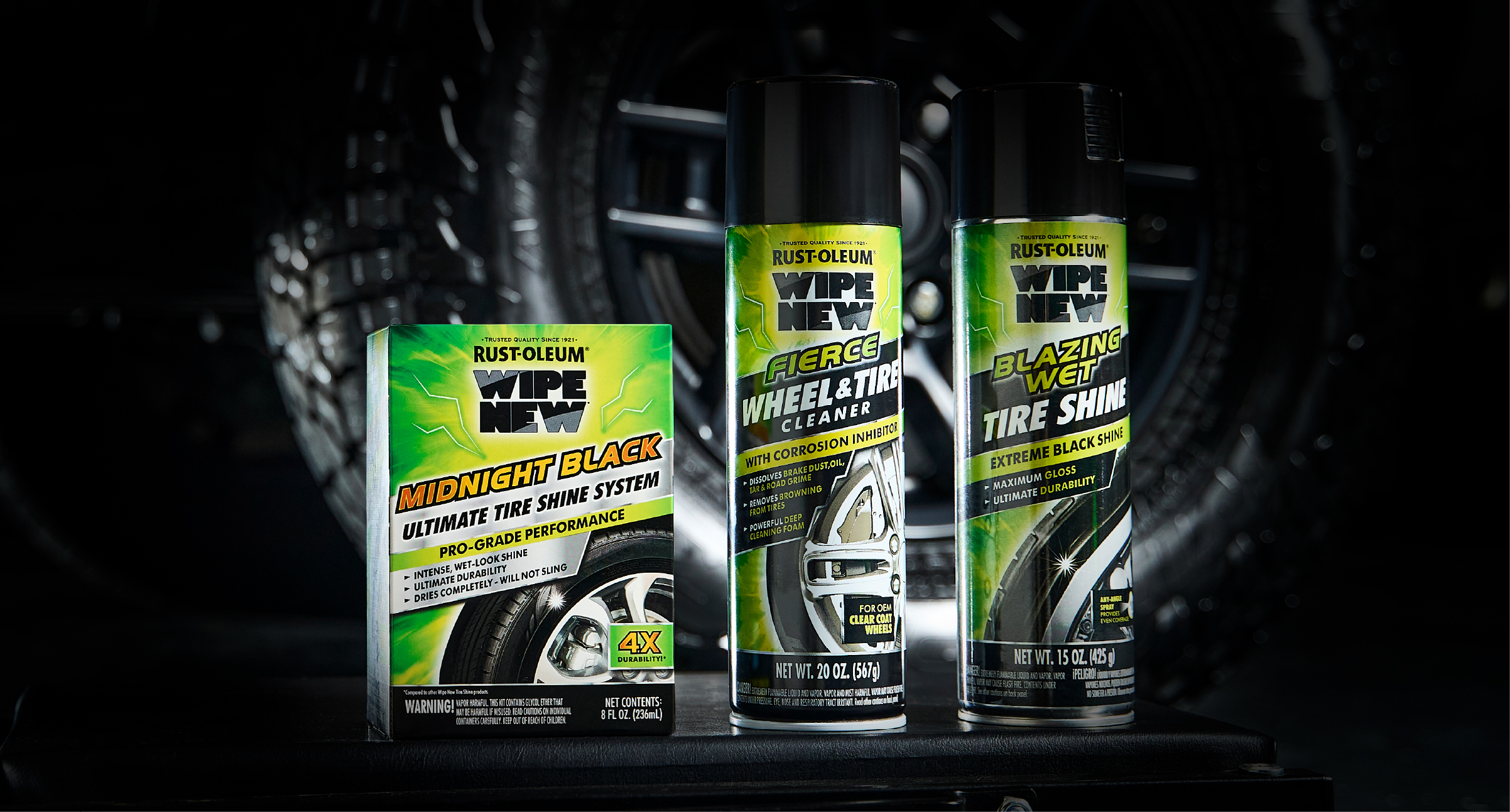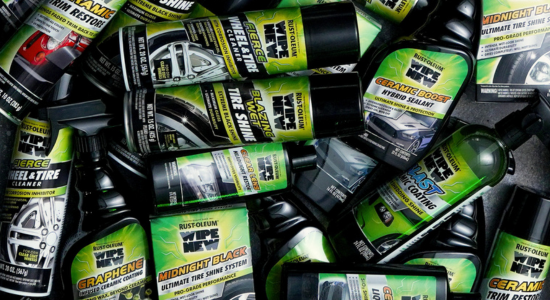Restore your headlights to crystal-clear brilliance with Wipe New® Clear Lens Headlight Restore by Rust-Oleum. This advanced formula removes oxidation and yellow haze, improving visibility and safety for nighttime driving.
• Ultra-fine polishing agents: Eliminate yellowing and oxidation with ease.
• Improved nighttime visibility: Drive safely with restored headlight clarity.
• No tools required: Simple, straightforward application.
Get ready for a brighter future with headlights that look brand new! With just one use, Wipe New® Clear Lens Headlight Restore protects your headlights, stopping them from getting cloudy or yellow. No more straining to see in the dark or worrying about not seeing well. Enjoy the road with confidence, knowing your car looks great.
Satisfaction Guaranteed: If you are dissatisfied with this product, contact Rust-Oleum Product Support at 888-822-3570 or click here to submit a request for product replacement or a full refund of the purchase price. Refer to product number and batch code.
Wipe New only ships within the continental United States. We do not offer shipping outside of the United States or to the U.S. Territories.

WARNING: Cancer and Reproductive Harm www.P65Warnings.ca.gov.















